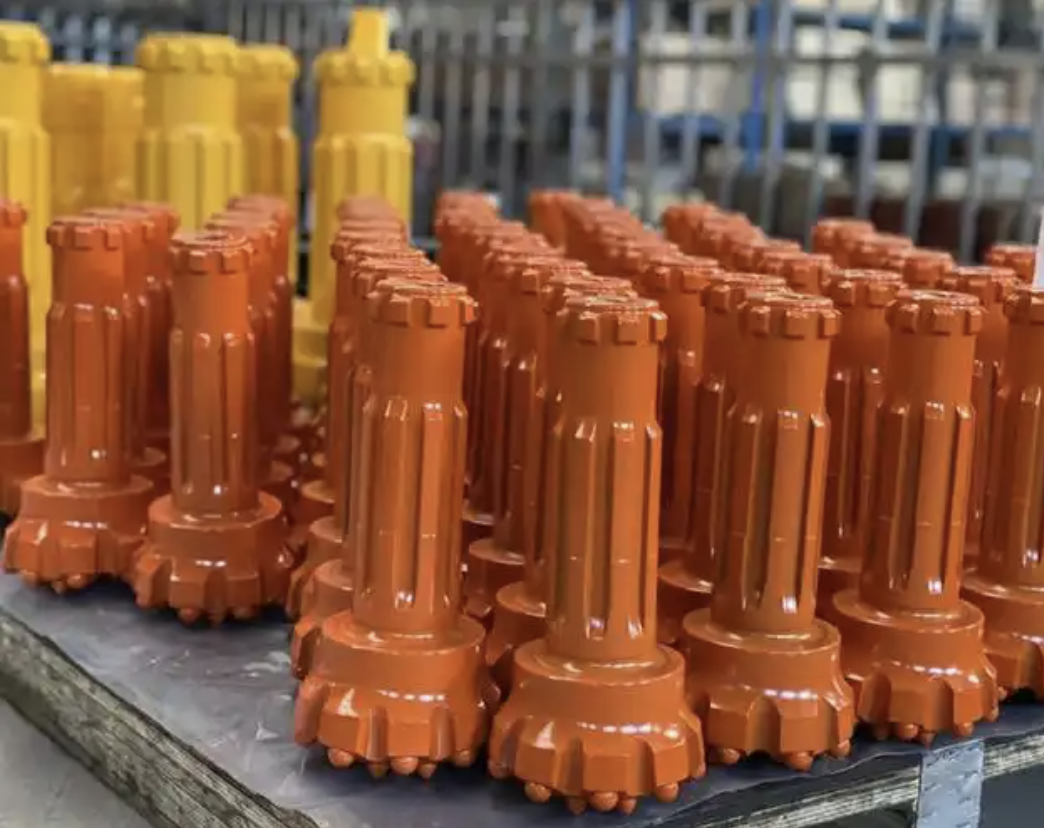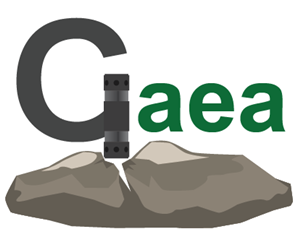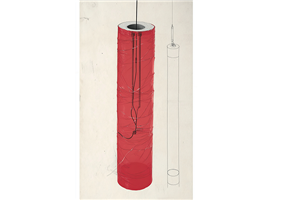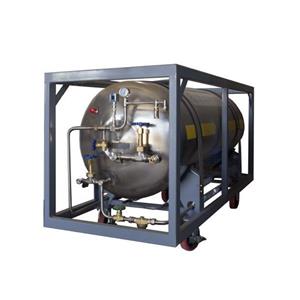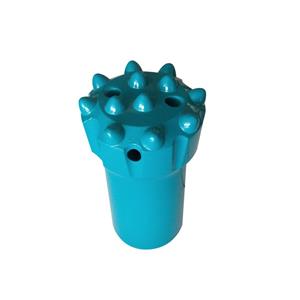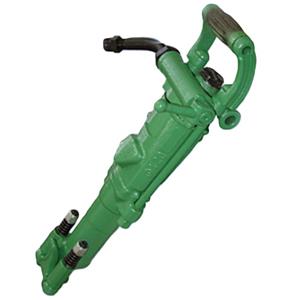What are the future technological development trends for rock drilling tools (rock drilling tools)?
Widespread adoption of intelligence and automation With the maturing of 5G and IoT technologies, rock drilling tools are evolving from standalone machines into integrated intelligent systems. For example, a Chinese brand’s drilling rigs use 3D scanning to build digital orebody models and dynamic parameter adjustment, increasing single‑hole drilling efficiency by 40% and achieving a 98% hole quality rate. a Chinese brand Heavy Industry’s intelligent drilling robot automates the full workflow: for 53 blast holes the drilling positional error was under ±0.5 mm and manual intervention accounted for only 15%. By integrating sensor networks (IoT penetration projected to reach 60% by 2030) and remote control (5G penetration 45%), these systems can monitor equipment in real time, predict failures and optimize drilling paths—reducing labor costs by over 30% and increasing equipment utilization by 19%.
Materials science driving performance leaps New materials are redefining tool performance boundaries:
Superhard composites: PDC (polycrystalline diamond compact) bits, produced by high‑temperature sintering of diamond micro‑powder on a carbide substrate, can extend service life by about 40% and improve rock‑breaking efficiency by roughly 30% compared with conventional cemented‑carbide bits. a Chinese brand’s diamond‑tipped carbide heads can cut rock up to F16 hardness and offer 4–5× the wear resistance of ordinary cemented carbide; they are already widely used in over 40 coal mines.
Surface treatments: tungsten‑carbide/diamond composite coatings can increase tool life by ~40%; carburized drill steels deliver roughly a 50% improvement in fatigue life, suitable for deep‑hole operations beyond 20 m. Hunan a Chinese brand’s proprietary heat‑treatment process, by precise carbon control, balances surface hardness and core toughness, yielding products with 15–20% longer life than the industry average.
Greening and sustainability Policy and market demand are pushing the sector toward environmentally friendly solutions:
Energy efficiency: China’s 14th Five‑Year Plan for mining equipment requires a 20% improvement in tool energy efficiency. The EU’s updated CE requirements set dust emission limits (<10 mg/m³), driving adoption of low‑noise designs (<85 dB) and efficient dust control—for instance, a Chinese brand reports keeping on‑site PM2.5 at 25 µg/m³, enabling “mask‑free inspections.”
Electrification: Non‑road mobile machinery emission standards have raised electric drilling equipment penetration from 12% in 2020 to 21% in 2023, with >35% expected by 2030. Electric rigs reduce carbon emissions and cut hazardous gases from diesel combustion underground.
Circular economy: leading firms are building end‑of‑life drill‑bit recycling systems, targeting an 85% recovery rate by 2030 to lower raw‑material consumption through material recovery and remanufacturing.
Digitization and new service models Digital tech is reshaping the value chain:
Digital twins: virtual replicas of equipment can detect potential failures earlier, boosting maintenance efficiency by about 40%. It’s projected that by 2028, 60% of mid‑to‑high‑end units will include intelligent diagnostics with prediction accuracy above 90%.
Service transformation: leasing penetration is expected to rise from 12% to 30% by 2030 as vendors shift to “product + service” business models; service revenues could account for roughly 40% of total income. For example, a Chinese brand provides iterative geological database services to a Chinese brand Mining to deliver “one‑mine‑one‑plan” tailored solutions.
Modular and scenario‑based design To meet complex working conditions, tool design is trending two ways:
Modular architectures: e.g., MF drill rods that optimize connection diameters improve impact‑energy transfer efficiency by 15% and allow fast switching between excavation and support modes to suit diverse mine types.
Customized solutions: special tools are being developed for deep‑well mining (>20 m), karst terrain and other challenging scenarios. Strategic deep‑earth projects and ultra‑deep (10,000 m) drilling initiatives are driving demand for specialty tooling.
Policy and market joint drivers Global infrastructure investment (about $3.7 trillion annually) and steadily deeper mining (underground depth increasing ~8% per year) provide growth momentum. Under China’s Belt and Road initiative, Southeast Asia’s infrastructure boom (annual growth ~11.2%) and Africa’s mining revival (investment growth ~9.8% per year) are expected to create roughly $1.2 billion in incremental market opportunity. Policy measures promoting consolidation will raise industry concentration: the top five firms are projected to hold over 75% market share by 2030. Companies with smart‑diagnostics and circular‑economy capabilities may command a price premium of about 28%.
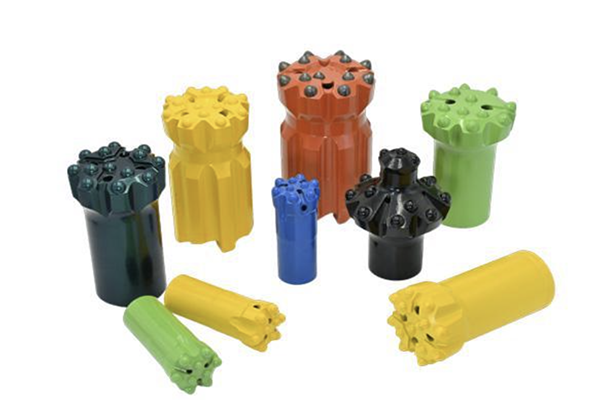
Outlook Over the next five years the rock‑drilling‑tools industry will undergo technological restructuring and market reshuffling. Intelligence, materials innovation, greening and digitization will be the core competitive dimensions. Firms must advance R&D (e.g., diamond coatings, 5G control), evolve service models (leasing + data services) and expand global footprints (Belt and Road markets) to capture advantages in a market forecast to grow at a ~7.4% CAGR.
